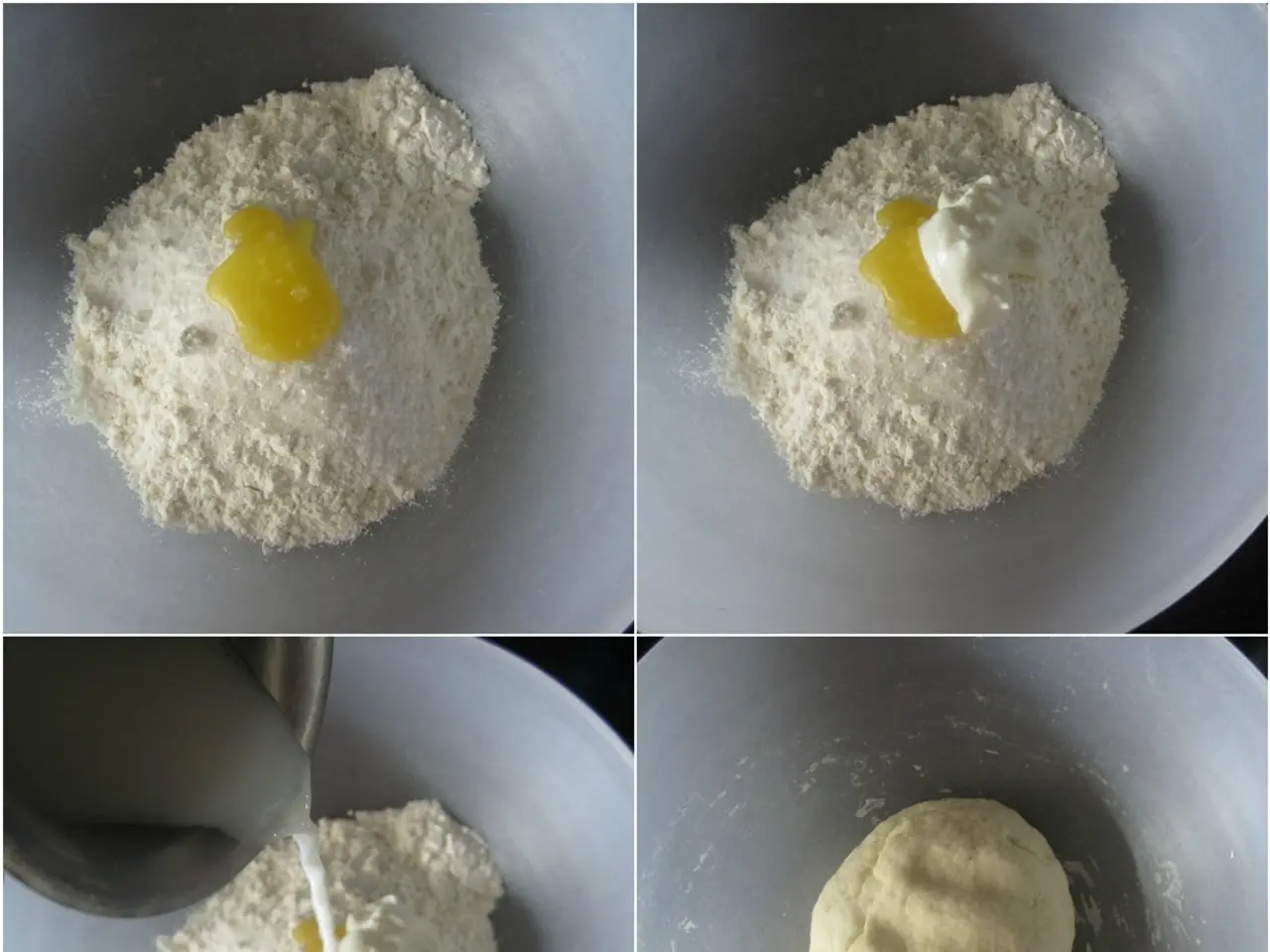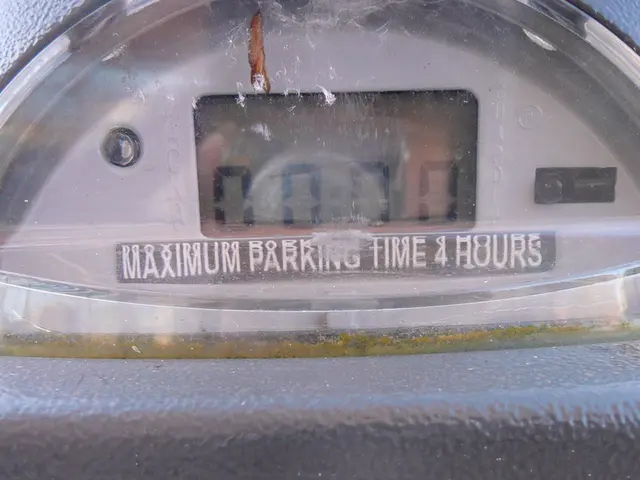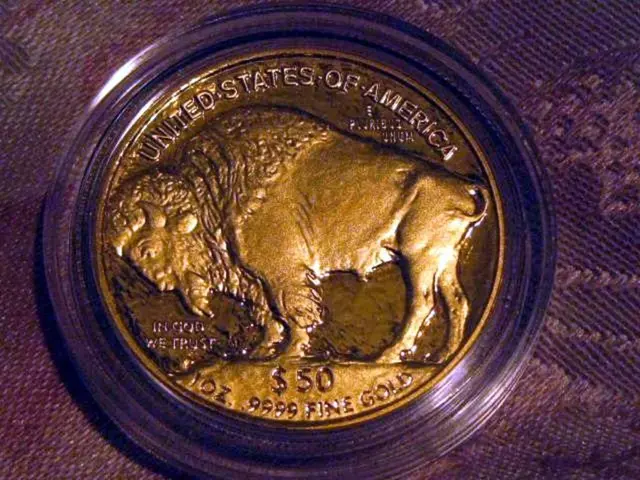Space-Fermented Miso Offers Unexpected Flavor Differences
In a groundbreaking experiment conducted in March 2020, astronauts aboard the International Space Station (ISS) successfully prepared miso, a Japanese soybean paste, marking a significant step forward in space culinary and nutritional research.
Miso, chosen for its diversity of microbial communities, firm structure to prevent leaks, short fermentation time, strong taste, and high nutritional value, was fermented in space for 30 days before being returned to Earth for analysis. The experiment aimed to explore the effects of the space environment on fermentation, particularly microgravity and increased radiation, which could potentially impact microbial growth and metabolism during fermentation.
The analysis of the returned miso included checks for harmful microbes and taste testing. The findings revealed some sensory differences compared to Earth-made miso, with the space-made miso exhibiting a higher level of "roasted" and "nutty" aromas that affect the flavor.
Joshua D. Evans, senior researcher and group leader at Technical University of Denmark's Novo Nordisk Foundation Center for Biosustainability, stated in a press release that the success of this experiment demonstrates the potential for astronauts to ferment their own ingredients in space, improving nutrition and providing comfort through better meals.
The experiment's results could have major implications for future space missions, particularly those involving extended periods of time, such as trips to Mars. By being able to ferment their own food, astronauts could potentially reduce the amount of food they need to carry, making space travel more sustainable and efficient.
However, while direct experimental data on space-fermented miso are unavailable, it is reasonable to expect that space conditions would alter both the microbial composition and chemical metabolites of miso compared to Earth. This is due to modified microbial growth behavior and fermentation environment, which could lead to differences in flavor, nutritional profile, and probiotic functions.
Further research is needed to quantify these effects, but the success of this experiment marks a significant step forward in understanding how the space environment can impact food fermentation and paves the way for future experiments in this field.
In addition to produce such as lettuce, which has been grown and eaten aboard the ISS, this experiment highlights the potential for astronauts to create their own food sources in space, improving their well-being and making space travel more sustainable. The first human to eat in space, John Glenn, partially consumed a tube of applesauce in 1962. Now, thanks to this experiment, the possibilities for space cuisine are expanding.
[1] Food Microbiology
[2] Journal of Agricultural and Food Chemistry
[3] Journal of Dairy Science
[4] Microbial Cell Factories
[5] Food Microbiology
- The success of space-fermented miso could stimulate future research in food microbiology, particularly in journals like the Journal of Agricultural and Food Chemistry, Journal of Dairy Science, and Microbial Cell Factories.
- This experiment's findings suggest that space conditions may significantly alter the flavor and nutritional profile of space- fermented foods, foreshadowing changes in space cuisine that might be studied further and documented in future publications.
- As space travel becomes more extended, such as trips to Mars, the advancements in space-fermented food research, as demonstrated by this miso experiment, may have critical implications for the sustainability and efficiency of future space missions.
- The tech-savvy world of science and technology might draw attention from online media outlets like Gizmodo, particularly those focused on space-and-astronomy and cutting-edge food science, due to such breakthroughs in space culinary and nutritional research.




